In retrospect, the 1972 Oscars seem to capture a moment in time of a Hollywood that was evolving.
More than just an awards show, the 1972 Oscars were a glittering celebration of film that encapsulated a bygone era.
I genuinely believe that the Oscars have gotten more drab and uninteresting in recent years. Instead of truly applauding others and their accomplishments, it seems to be more about flaunting. The ceremony no longer feels as genuine or memorable as it once did because of the apparent decline in the sincere delight and satisfaction in other people’s accomplishments.
Off The Record
Why The Oscars Of 1972 Are Still Among The Greatest Ever
More than just an awards show, the 1972 Oscars were a glittering celebration of film that encapsulated a bygone era.
I genuinely believe that the Oscars have gotten more drab and uninteresting in recent years. Instead of truly applauding others and their accomplishments, it seems to be more about flaunting. The ceremony no longer feels as genuine or memorable as it once did because of the apparent decline in the sincere delight and satisfaction in other people’s accomplishments.
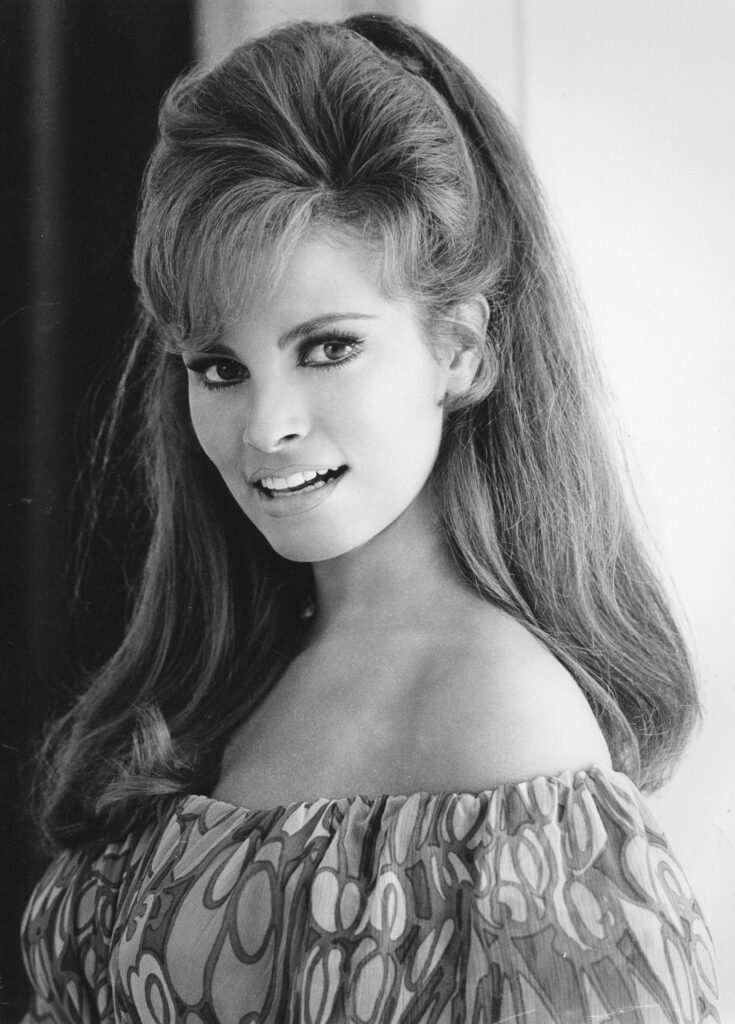
The Academy Awards in 1972, in my perspective, were a whole new experience.
There were several memorable moments on the special night, which raised the standard for all subsequent Oscar ceremonies. Reliving this night is like entering a time capsule of Hollywood’s heyday, and the uncut images from the occasion convey a tale of unadulterated glitz and star power.
What, then, truly set the 1972 Oscars apart from the others?
A historic year
First of all, the 44th Academy Awards honored some of the best movies ever made. With five Oscars—Best Picture, Best Director for William Friedkin, and Best Actor for Gene Hackman, who played New York City Police Detective Jimmy “Popeye” Doyle—The French Connection was the night’s biggest winner.
The film’s frantic automobile chases and realistic grit established a new benchmark for thrillers, and its Oscar win solidified its legacy. It had a great plot and real actors, which is something that is lacking in today’s films.
”The film was totally different than anything I’d ever done. I’d never shot that much outside, and especially in the wintertime and especially in those conditions where we were just at it all the time. And I don’t think I’d ever been pushed as much by a director either, which was really good for me,” Gene Hackman said.
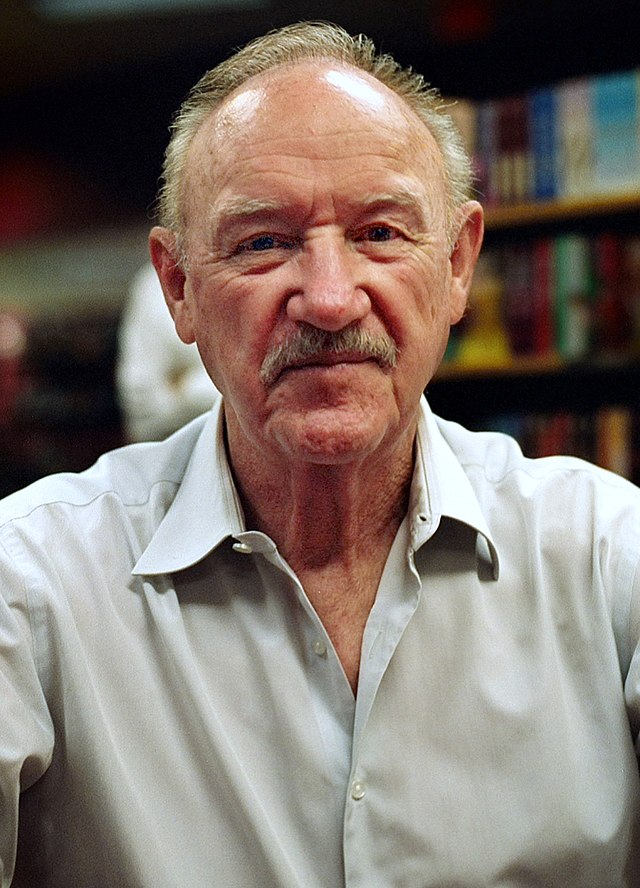
When Gene Hackman received the award, he was so taken aback that he couldn’t even recall rising from his chair to approach the podium. The performer thanked his mother and his first acting coach on stage, but he was quickly overcome with emotion.
That year, A Clockwork Orange, another masterwork, was also nominated. The controversy and admiration brought about by Stanley Kubrick’s apocalyptic vision further enhanced the ceremony’s cultural significance. In the meantime, Fiddler on the Roof captivated the audience with its expansive soundtrack and endearing tale, bringing viewers back to the musical genre.
Peter Bogdanovich’s masterwork about coming of age, The Last Picture Show, enthralled viewers and was nominated for eight Academy Awards. The film’s nostalgic depiction of small-town life was particularly striking due to its striking black-and-white photography. Ben Johnson and Cloris Leachman both won Oscars for Best Supporting Actor and Best Supporting Actress for their outstanding performances.
No hotpants in sight
The 1972 Academy Awards heralded a spectacular return to the opulence and splendor of Hollywood’s heyday.
The fringe, hippie headbands, and feathers that had dominated recent ceremonies were no longer present. The stars at this year’s gala were decked out in opulent brocades and flowing chiffons, with furs and jewels adding a touch of retro elegance.

Although Jane Fonda made a statement on the red carpet wearing one of the few pant outfits, as some reporters pointed out, there was not a single pant costume in sight.
Many of the women displayed “plenty of cleavage,” according to one reporter, which added to the glitzy tone of the evening.
Protests
Fans crowded the area outside the Los Angeles Music Center, as usual, hoping to see the star-studded procession heading to the awards event.
But the exhilaration was tempered with apprehension because, as was typical in those days, protests broke out nearby. Police held back a cordon of demonstrators who were said to be very noisy.

Clint Eastwood’s Dirty Harry, which was criticized for supposedly praising police brutality even though it was not nominated for any prizes, was the subject of the protests that year. “Dirty Harry is a Rotten Egg” was written on one particularly eye-catching sign.
Shirtless & covered in chains
The 1972 Oscars were memorable in large part because of the music.
Isaac Hayes brought soul music to the Oscars in a way never seen before, as he became the first African American to win an Oscar for Best Original Song for his popular song “Theme from Shaft.”
One of the pleasures of that April evening was his thrilling onstage performance. With a flurry of dancers surrounding him, the icon shirtless and chained dominated the stage as he played the keyboard.
The crowd was left in wonder when Hayes vanished beneath the stage in a cloud of smoke, marking the pinnacle of the performance. It was an instance that epitomized Oscar magic!
Betty Grable’s farewell
The iconic actress Betty Grable’s participation at the gala, one of her last public appearances, was one of the night’s highlights.
One of Hollywood’s titans was and still is Betty Grable. She rose to prominence as the most popular pin-up girl of World War II because of her famous 1943 bathing suit poster. Grable was more than just a gorgeous face, though; she was a very successful actress who made over $100 million from her 42 films in the 1930s and 1940s.
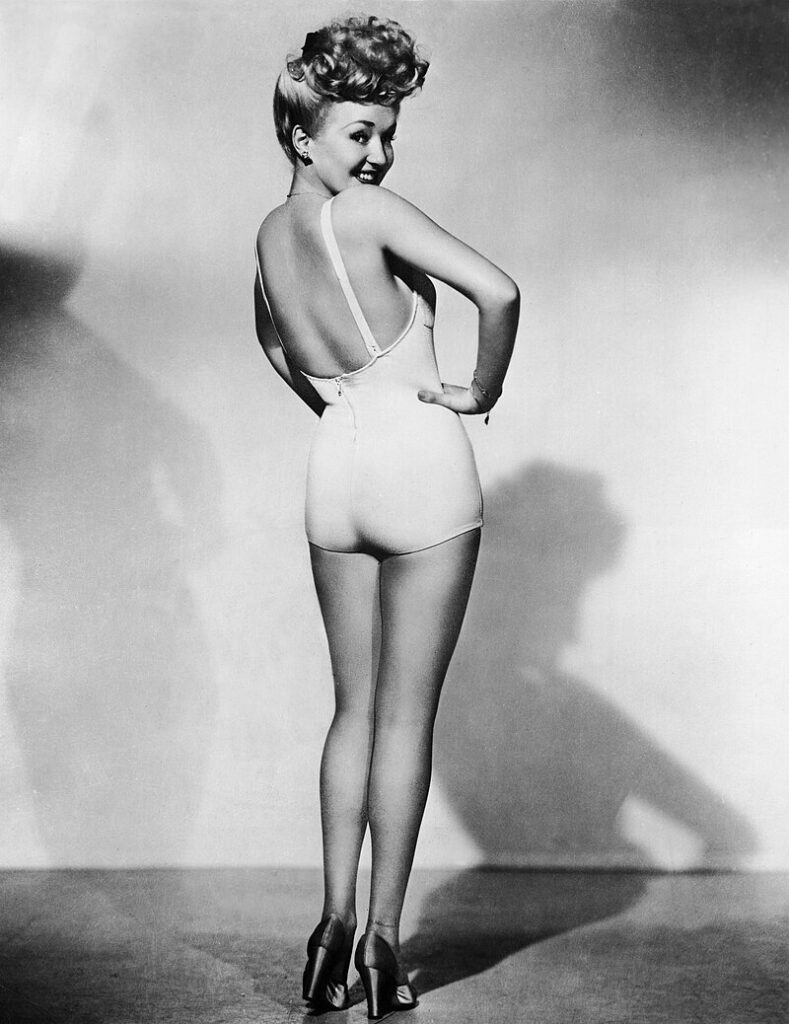
In the mid-1940s, she was the highest-paid woman in America, famously insuring her legs for $1 million. Reflecting on her incredible journey in film, Grable once said, ”I became a star for two reasons, and I’m standing on them.”
Betty Grable showed up wearing a stunning turquoise gown with a sophisticated décolleté and silver spangles as a lovely accent.
Unfortunately, one of her last public appearances was at the 1972 Oscars, which was sad for her devoted fans. She tragically died of lung cancer at the age of 56 a year later.
A frail, white-haired pioneer
One person in particular stood out among the 44th Academy Awards’ star-studded cast. A thin, white-haired movie pioneer appeared unexpectedly at the end of the nearly three-hour-long awards ceremony. Charlie Chaplin, who had been expelled from Hollywood and the United States twenty years prior due to allegations of communist tendencies, was the one in question.
When Chaplin was recognized for his contributions to film, it was a very moving moment. The 2,900 celebs present erupted in cheers when the 82-year-old actor took the stage with his signature derby cane.
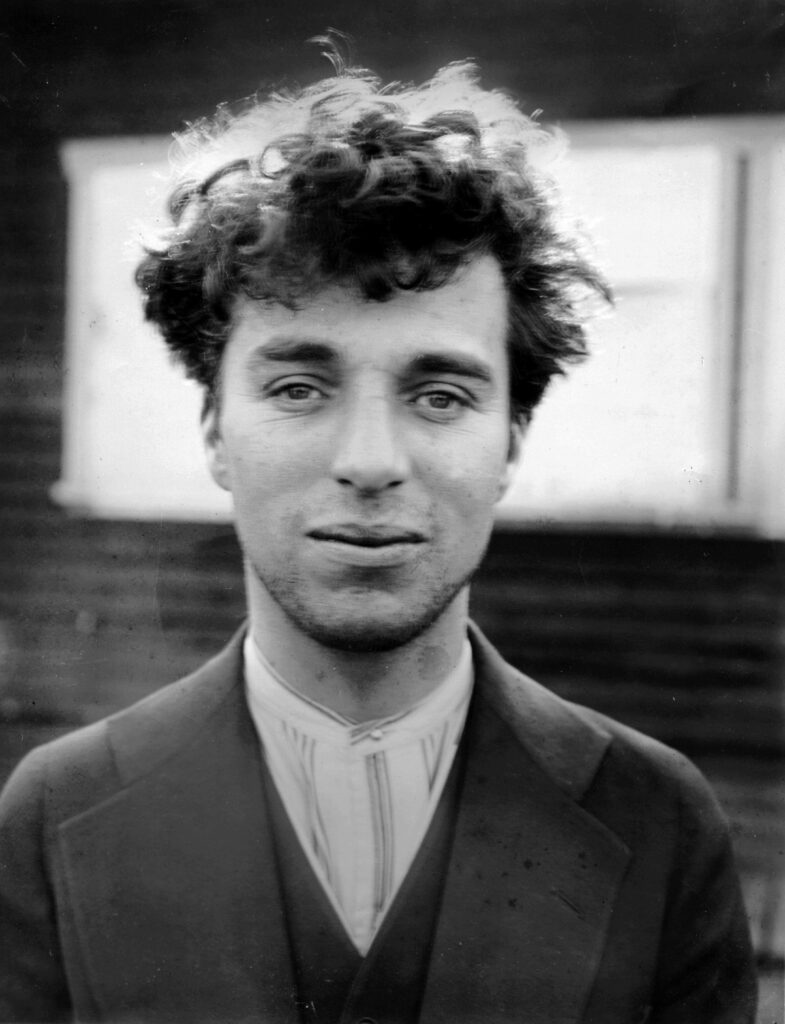
The standing ovation was really the longest in Academy Awards history, lasting 12 minutes.
It was nearly unreal for the millions of people watching at home to see this cinematic monster up close. However, Chaplin’s own acceptance of the Academy of Motion Picture’s special prize was the most moving moment.
”Oh, thank you so much. This is an emotional moment for me. And words are so feeble and futile. Thank you for the honor of inviting me here. You are wonderful, sweet people,” the English comic actor said.
Old and new
As previously said, the 1972 ceremony celebrated the fusion of Hollywood’s past and present. The next generation of actors, including Jane Fonda, Jack Nicholson, Gene Hackman, Cloris Leachman, and Raquel Welch, shared the limelight alongside legendary stars like Jane Russell, McDonald’s Carey, and Jane Powell Kelly.
With celebrities wearing glitzy dresses and tuxes that evoked the classic charm of Hollywood’s heyday, the red carpet was a spectacle of unadulterated elegance.
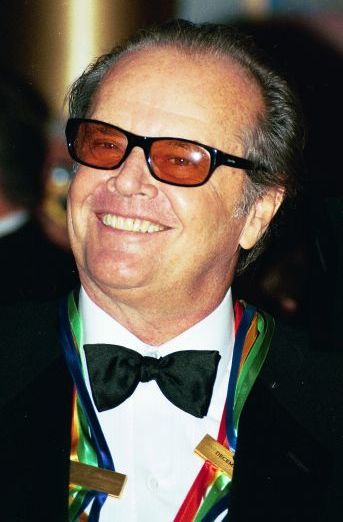
There are undoubtedly a lot of pictures from that evening that show the electrifying atmosphere. However, I was particularly drawn to the picture of Gene Hackman, Cloris Leachman, and Raquel Welch together.
Raquel Welch shone in her gorgeous attire, Cloris Leachman had won Best Supporting Actress for The Last Picture Show, and Gene Hackman had every right to smile and be joyful in this picture. In addition to presenting Best Supporting Actress at the 1972 Oscars, Welch served as a symbol of the shifting standards of femininity in Hollywood. Her self-assurance and glitz in the picture represent a turning point in the industry’s history when women started to exert their power.
Behind the picture
In my opinion, the picture captures not just a certain moment in time but also the accomplishments and careers of three important people in the movie business. Every person in the image stands for a distinct aspect of Hollywood’s development. Leachman’s performance, for instance, sticks out as a representation of the shifting cinematic scene of the time. Her victory signaled a change in Hollywood toward more complex, character-driven narratives.
The early 1970s cultural changes are also reflected in the picture of Hackman, Leachman, and Welch. The films nominated that year demonstrated the film industry’s shift away from conventional plots and toward more varied storytelling.
The 1972 Academy Awards will always have a unique position in film history, whether viewed through the camera or the echo of clapping!



